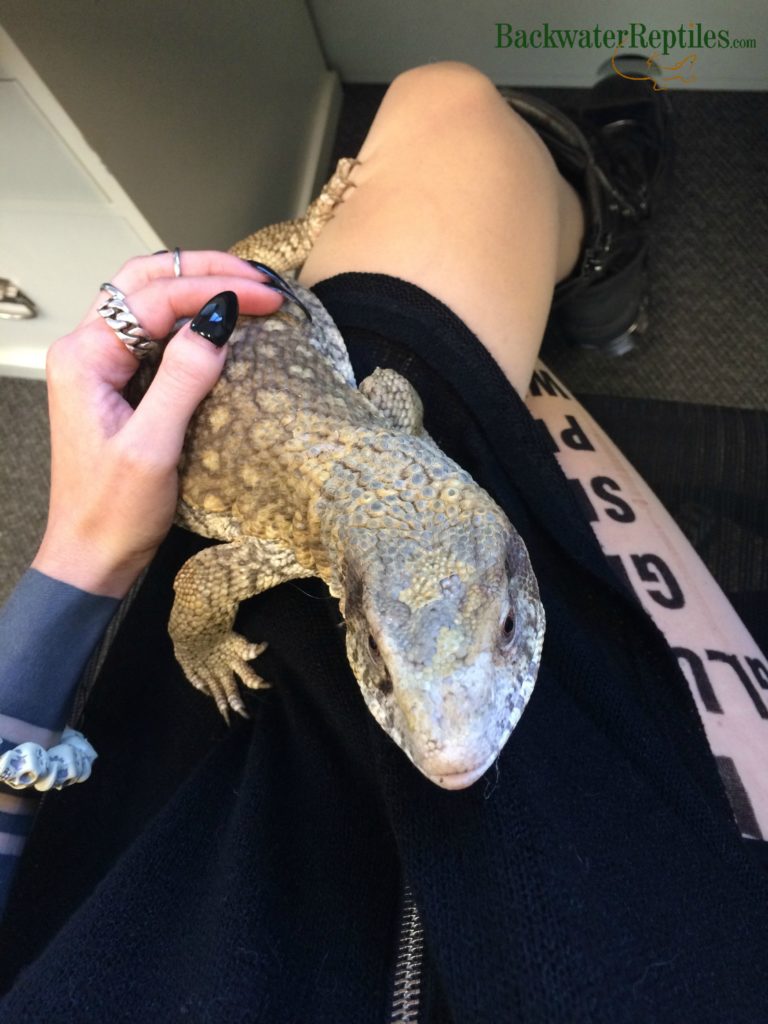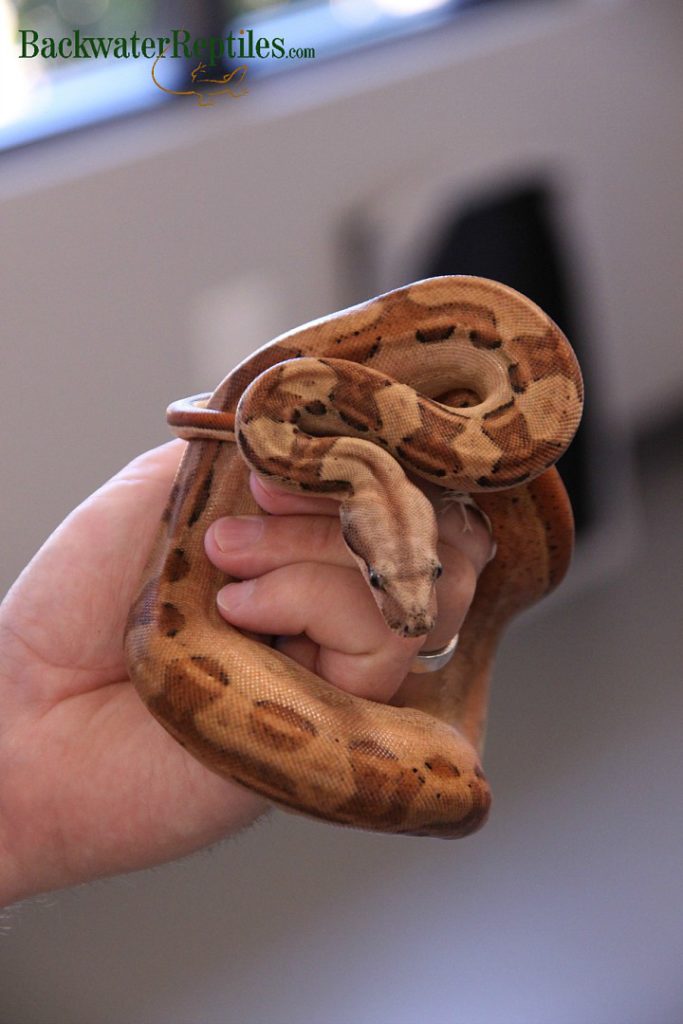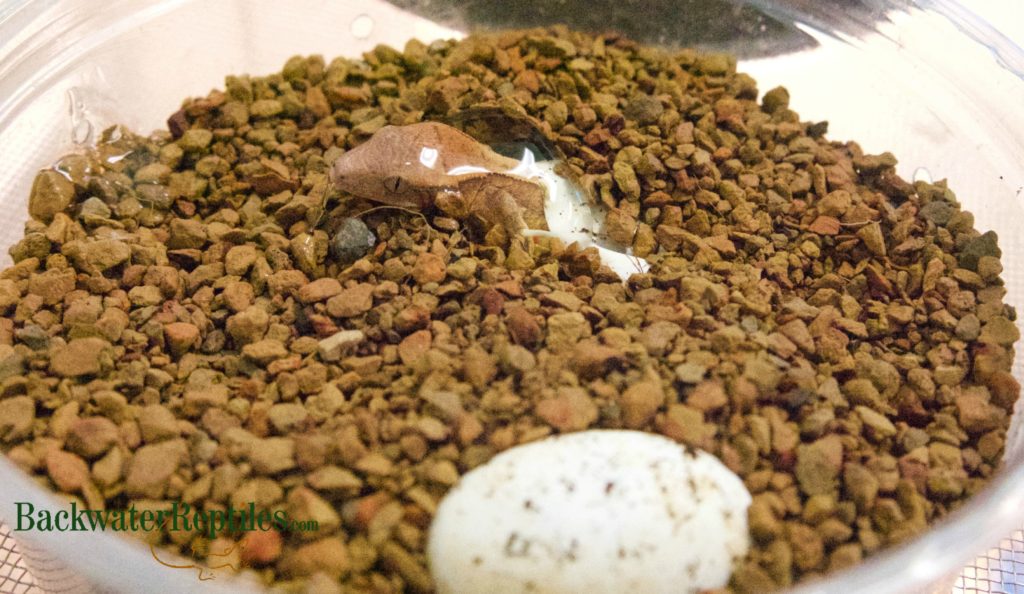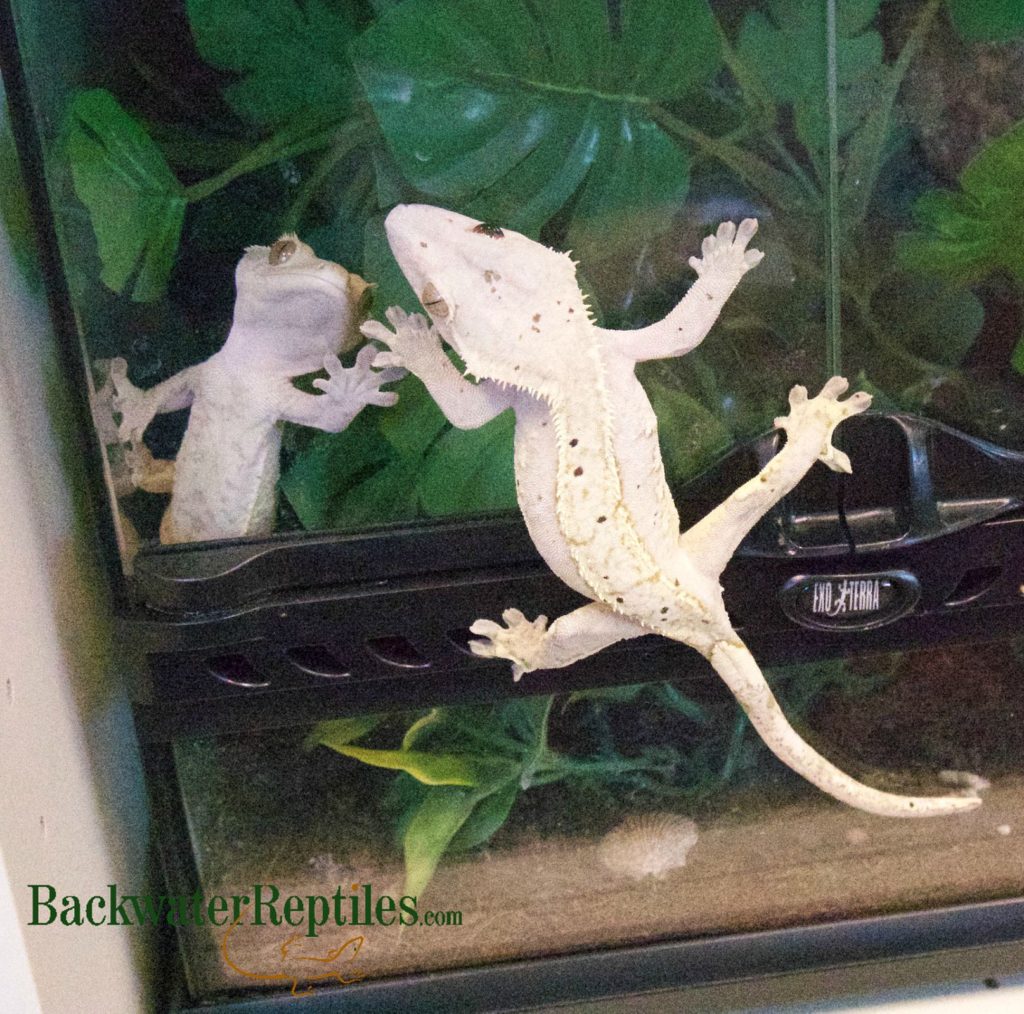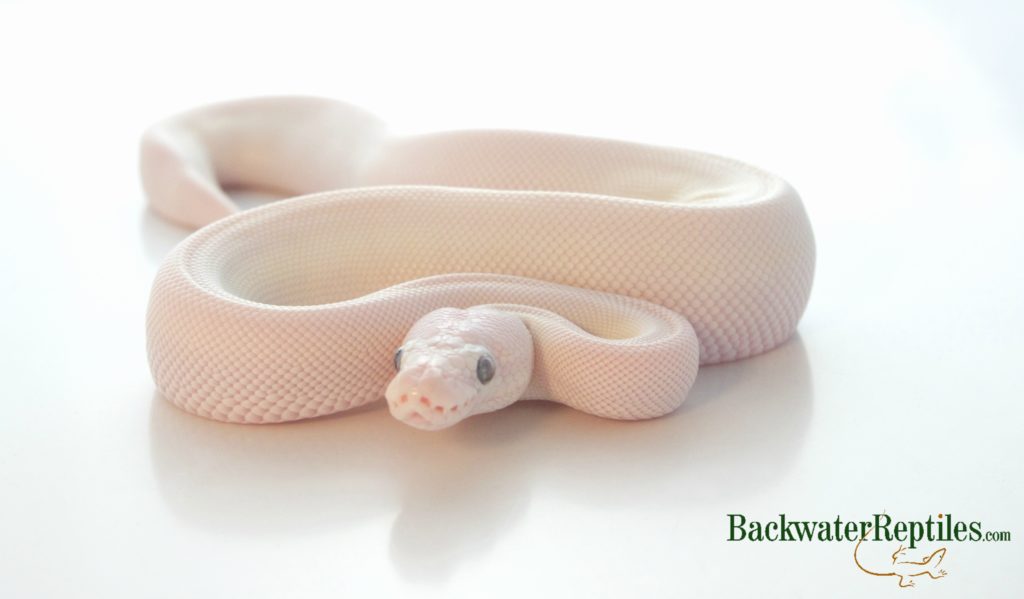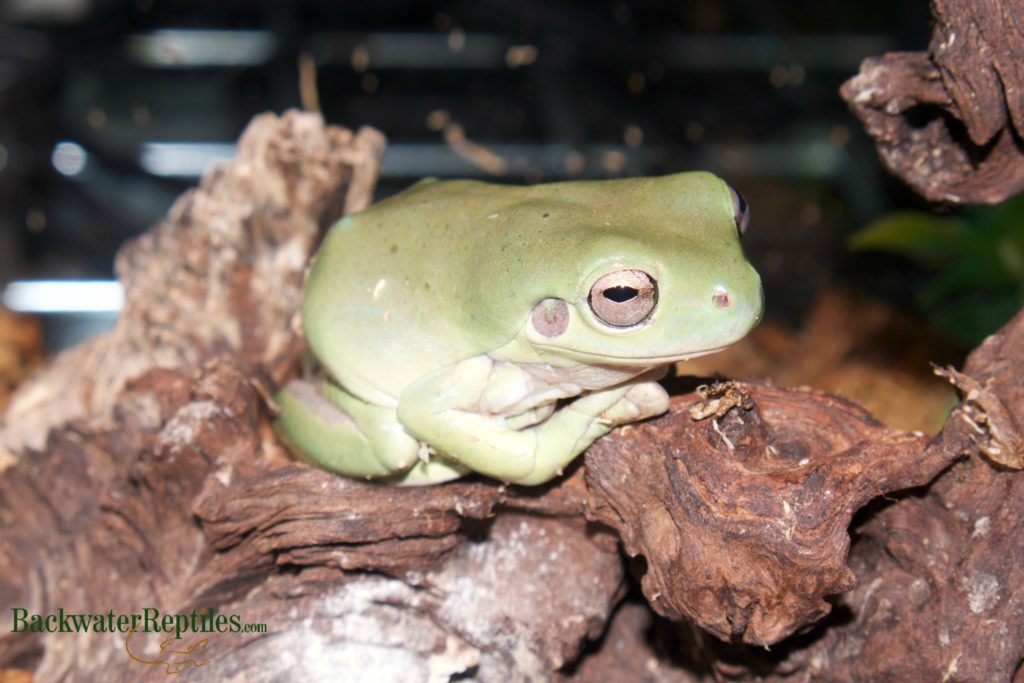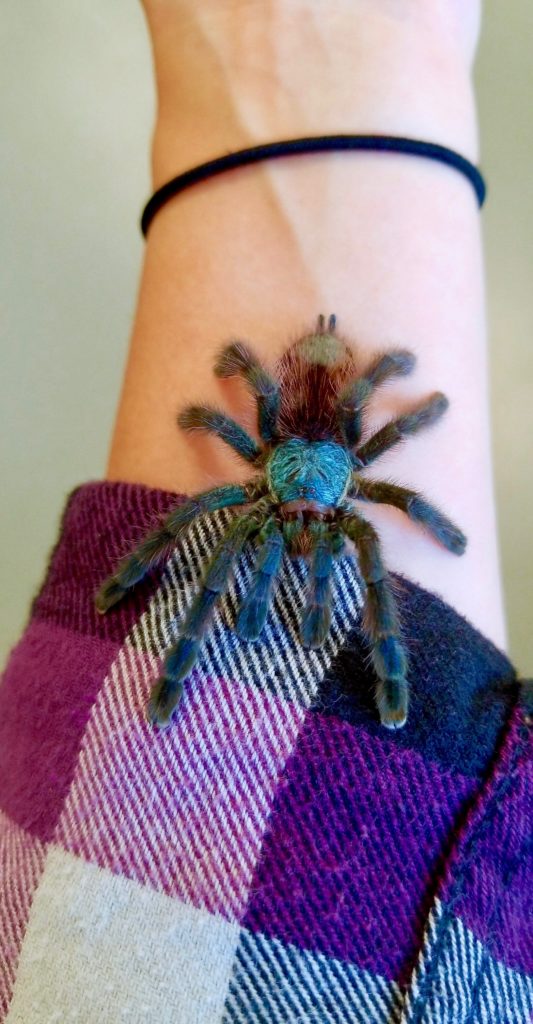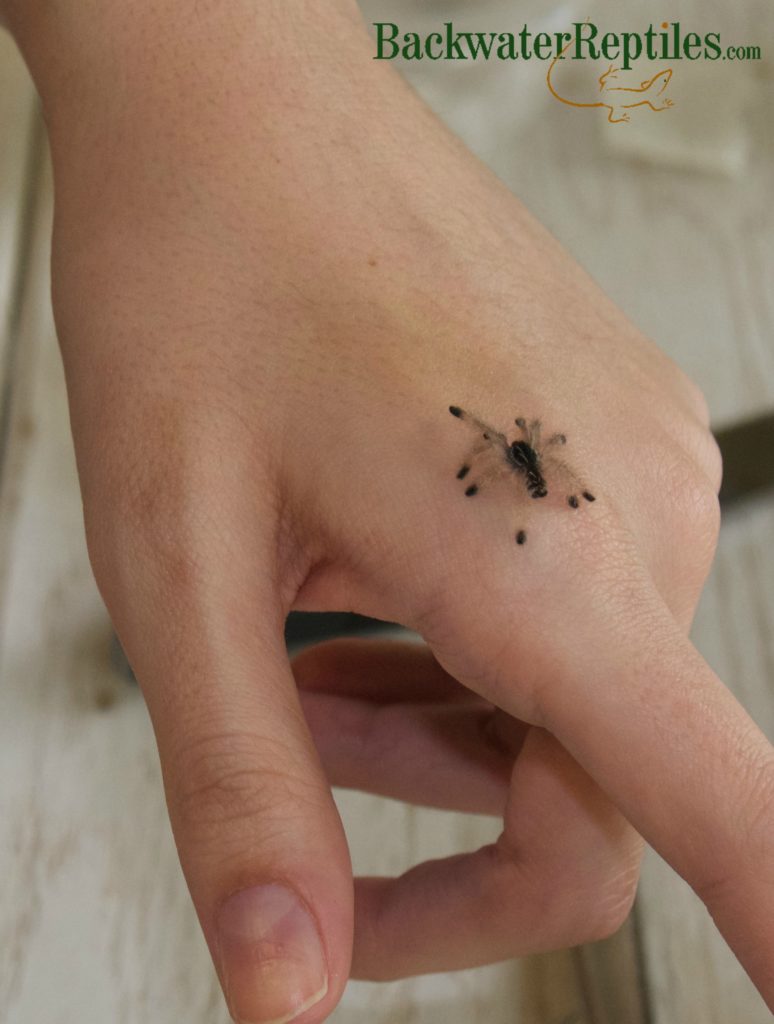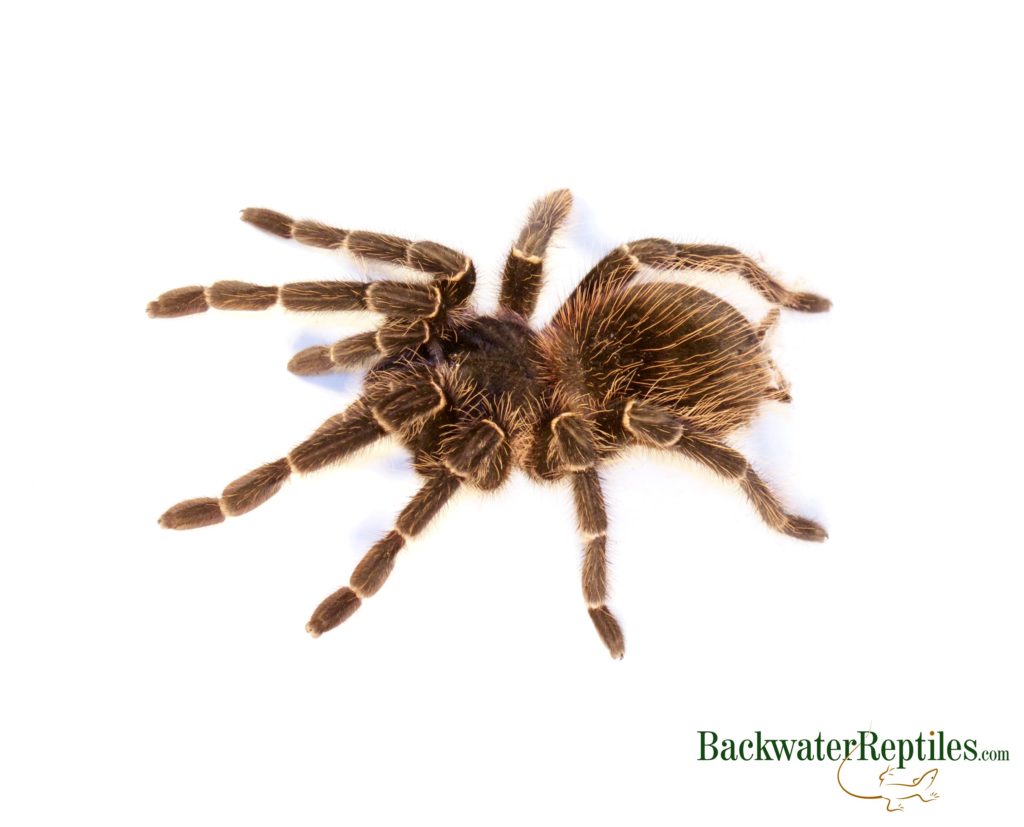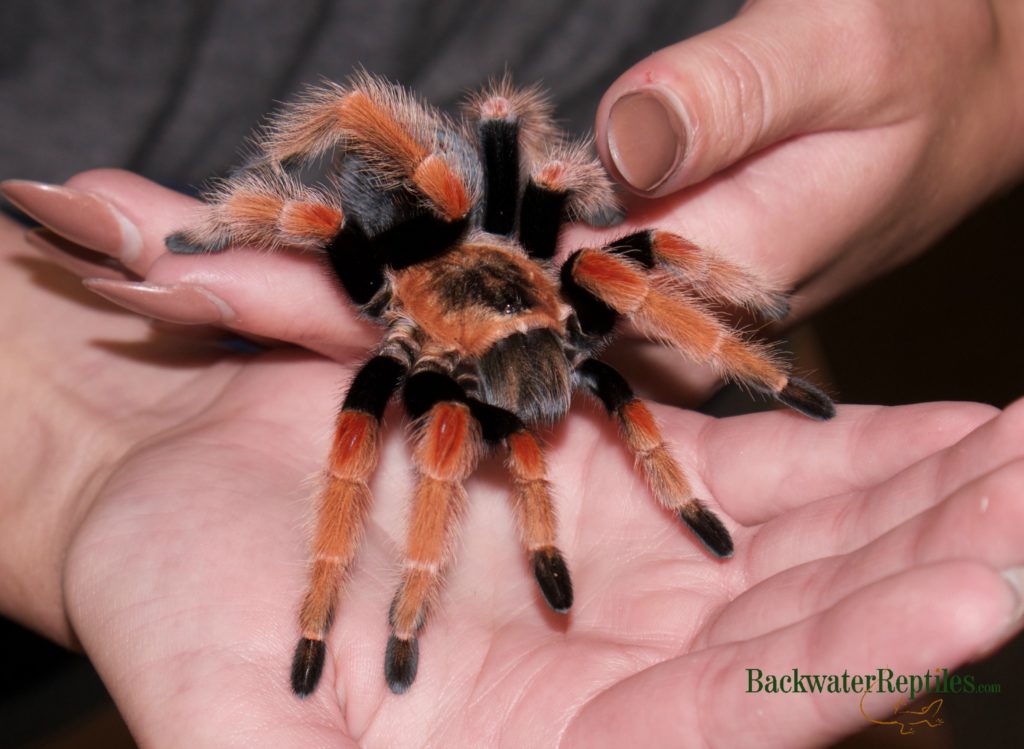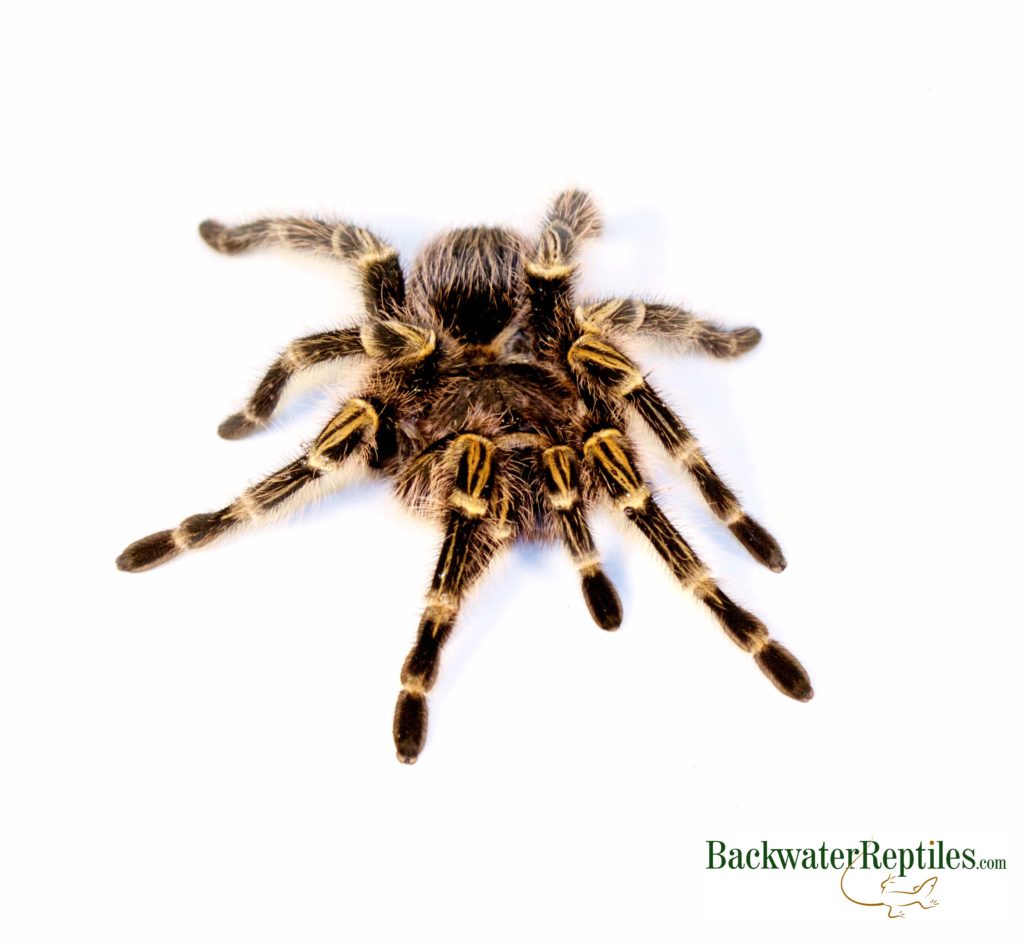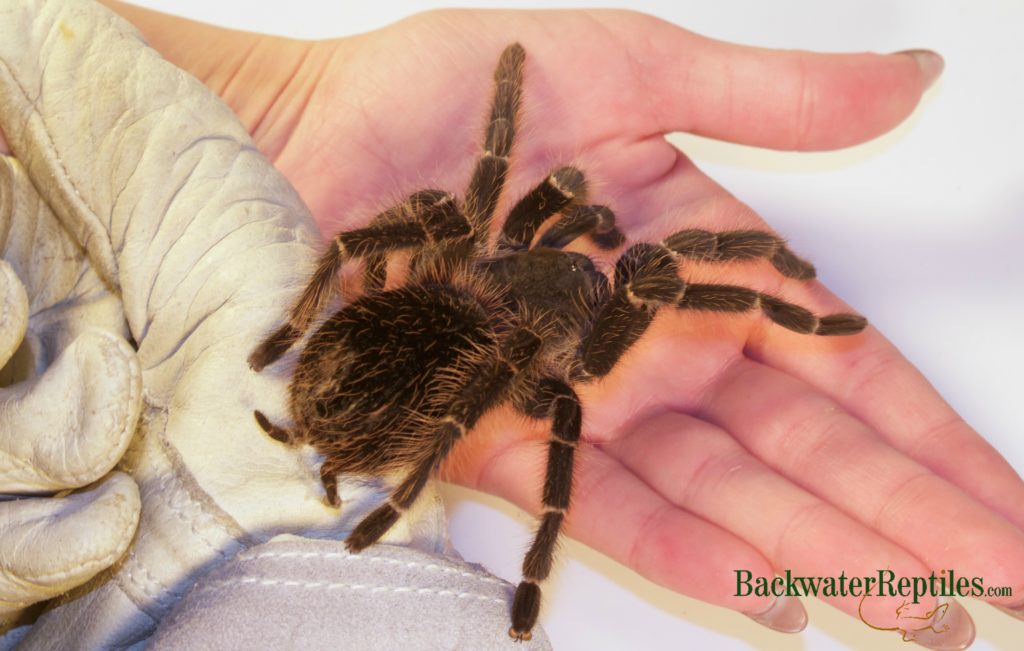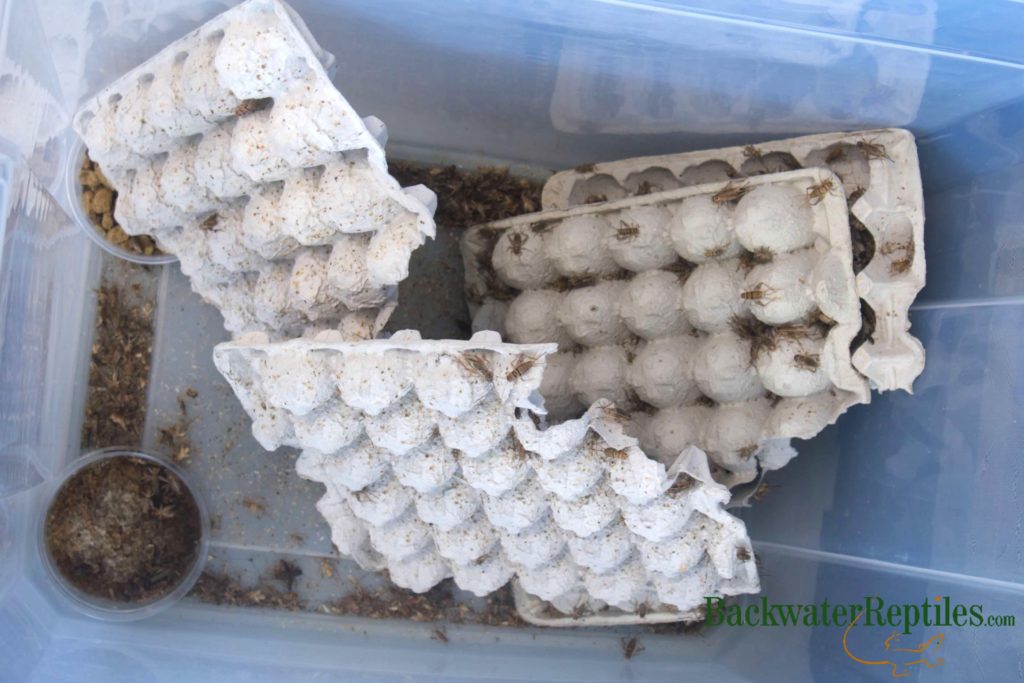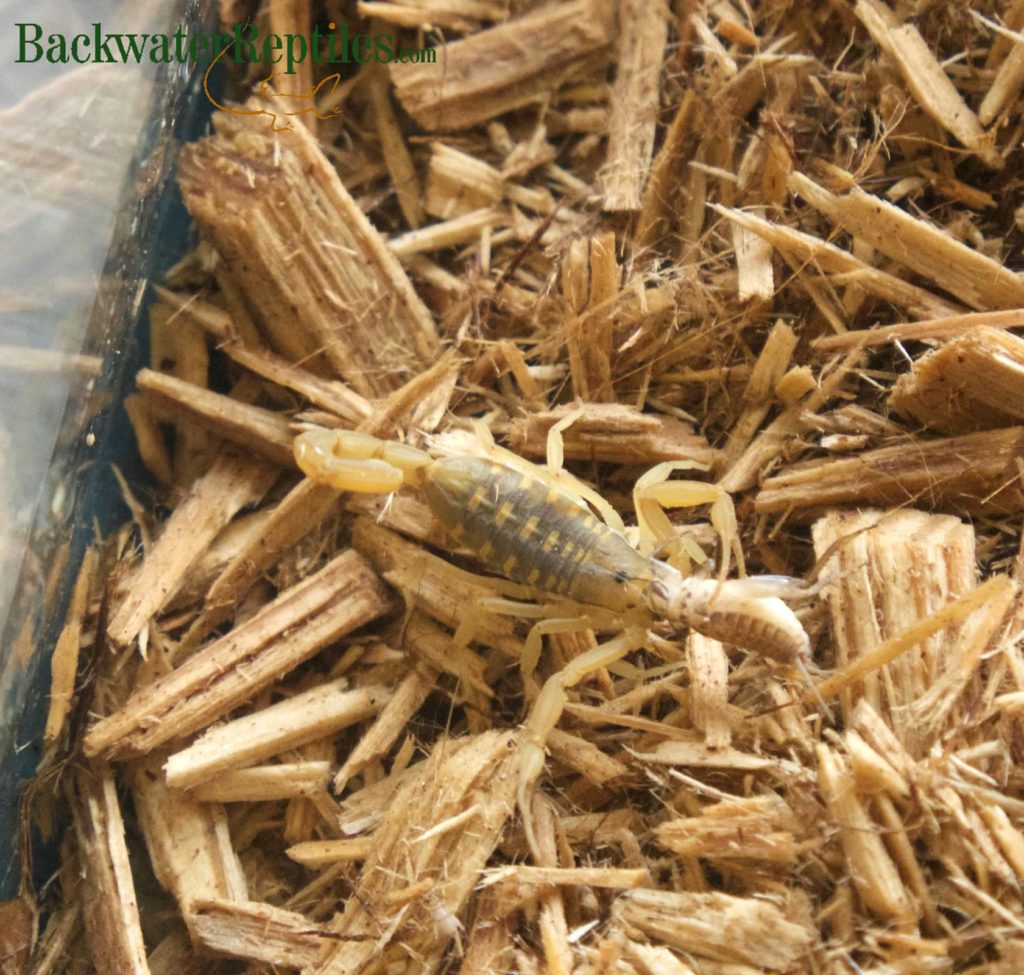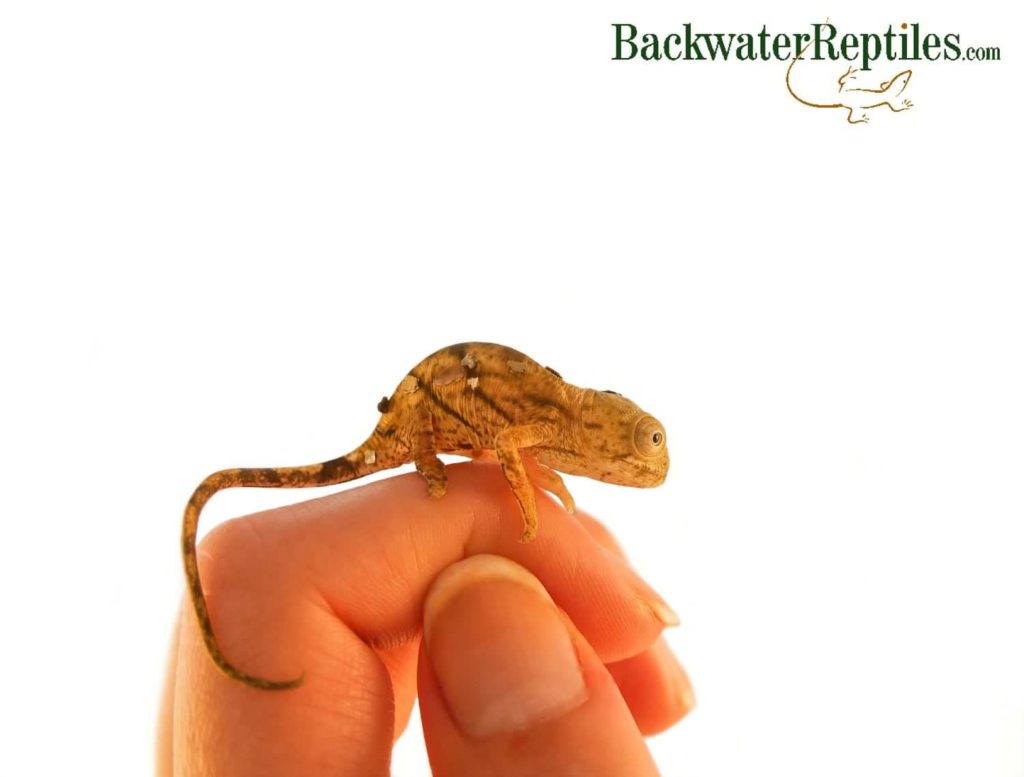The first step in caring for a new pet reptile, amphibian or invertebrate is to make sure that it has a suitable environment to make its home. This means that you’ll need to set up an enclosure that mimics the animal’s natural habitat as closely as possible. You’ll need to take into account temperature, lighting, cage accessories, and humidity.
Another very important aspect of creating your new pet’s ideal home that can easily be overlooked is substrate. You wouldn’t want to live in a house without carpet, tile, or some other type of finished flooring, would you? Similarly, our herp friends need appropriate “flooring” in their cage in order to thrive and live long, happy herp lives.
In this article, we will discuss various types of substrates and which types of animals they are best suited for.
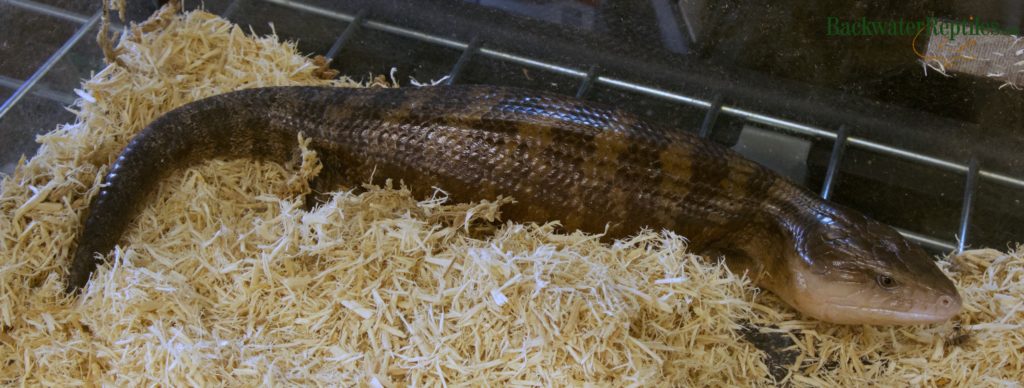
What options do I have when it comes to substrate?
Did you know that choosing the correct type of substrate is essential not only to an attractive-looking cage, but a healthy herp as well? Not all substrates are right for all types of animals, and it is very important that you do your research prior to choosing a substrate.
Substrates help keep cages clean, make it easier to collect and spot clean feces, waste, and shed skin, and they also ensure that your pet feels at home and unstressed in its environment.
Below, we’ve listed the pros and cons of the most popular types of substrates and what types of animals they are best suited for.
Wood
Substrates made of wood are usually broken down into chips, shavings or pellets. Aspen is a very common example of a wood substrate, however wooden substrate can be made of cedar, pine, aspen, and cypress.
Pros:
Wood substrates are generally very easy to obtain from nearly every pet store. You need not travel far to find the most common types of wood substrates.
Wood substrates like aspen snake bedding work very well for species that prefer dryer environments. With a high moisture absorbency rate and a tendency to stay dry overall, it’s a great option for burrowers who don’t need a lot of humidity in their environment.
Wood shavings, pellets, and chips are very easy to spot clean. Waste tends to stay put and not be dragged around or aggregate throughout the enclosure, so when it’s time to tidy up, not much effort or time is needed.
Cons:
Some shavings can be too “hard” on specific species. For instance, shavings can hurt sensitive toes and hands or even act like splinters.
Some types of wooden substrates might be dyed or colored and this could negatively impact the health of your animal. Be sure to check the label to ensure this is not the case.
Cedar is not a safe substrate for most reptile species, particularly snakes! The oils present in cedar are commonly accepted to be toxic to many reptiles. Our advice? Steer clear of cedar altogether!
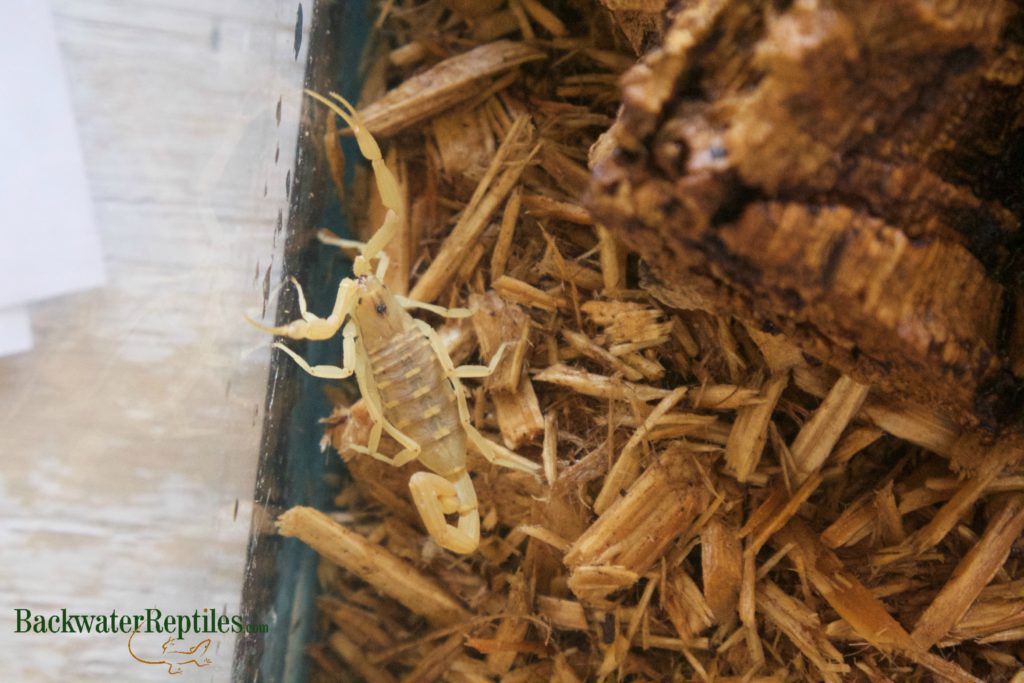
Reptile Carpet
Reptile carpet is exactly what it sounds like. It usually comes packaged in a roll and has the texture of felt crossed with astroturf. It’s a nifty miniature liner for your reptile’s cage and it usually comes in a few different colors.
Pros:
Most of the carpets sold are washable! This means you can re-use them and not have to keep buying other types of substrate once they get dirty.
They can come in sizes predesigned for specific common herp habitat sizes. They also come in sizes that you can shape or cut to your desired size. There’s lots of flexibility.
You don’t have to worry about your pet accidentally ingesting substrate. Carpet has no loose pieces or small bits for reptiles or amphibians to eat.
Cons:
They are not as natural-looking as wood, soil, or moss substrates, so fans of life-like enclosures are generally not drawn to reptile carpet.
Paper Towels/Newspaper
Paper towels and newspaper aren’t really substrates that require much explaining. Both are paper products and both are commonly found in most households.
Pros:
Both these options are cheap! And you can also feel good knowing that you are recycling your newspaper after its initial first use.
Paper towels and newspaper are very sanitary. Because they are so inexpensive, they can be changed very quickly when soiled without much fuss.
They can be used for a multitude of different types of herps. You can shred them and make them a “fluffy” substrate suitable for burrowers, or you can lie them flat on the bottom of the cage.
Due to the texture and content of both newspaper and paper towels, there is also no need to worry about your pet accidentally ingesting substrate while eating. Therefore, you need not stress about impaction or move your pet during feeding sessions.
Cons:
Many herp owners who create elaborate and fancy habitats for their pets won’t use paper towels or newspaper because it’s not very aesthetically pleasing.
Paper towels and newspapers are great at absorption, however they lack odor control. If you are not able to change them quickly when they get dirty, the smell can get a little powerful.
Alfalfa Pellets
These compact little pellets are made of ground up alfalfa hay that is then compressed into tiny cylindrical bits. They are dry and absorbent and generally work well for iguanas, bearded dragons, and even Uromastyx lizards.
Pros:
These are absorbent! That means that the waste products of well-hydrated reptiles will be kept in a single spot and can be cleaned up with very little mess or hassle.
Pellets are usually biodegradable and even have built-in odor control. Because the pellets are made from natural plant fibers, they are also safe in accidentally ingested.
Cons:
As previously mentioned, alfalfa pellets are quite dry. This means that they are not the best substrate for all types of pets. Make sure you are using alfalfa pellets only if your pet tolerates low humidity well.
Coconut Fiber
As its name suggests, coconut fiber is made from the husks/shells of coconuts. It can be sold in broken down, loose form in bags or compact little bricks.
Pros:
Coconut fiber is very versatile and works for a broad range of exotic pets. It is natural and therefore safe for animals to burrow in and it holds its shape well which means that it accommodates this type of behavior well.
It’s also helpful in maintaining proper humidity levels since it holds moisture well. Coconut fiber is a smart bedding choice for many tropical species and also works well with invertebrates.
Cons:
Coconut fiber can be a bit on the tougher side to keep clean. Because it holds moisture efficiently, it can pose an issue with clumping together and holding your pet’s waste all in one place for easy spot cleaning.
Moss
The two main types of moss used for substrate are peat moss and Spanish moss. Both can be purchased at pet stores.
Pros:
Moss is very aesthetically pleasing when creating natural-looking reptile enclosures. It adds color and texture to plain cages and provides many hiding places for animals.
Moss is also a good way to maintain proper humidity levels as it holds moisture well. Many amphibian owners choose moss as either an accent or mix-in for lining their pet’s cage.
Cons:
In order to avoid bacteria or fungus growing on the moist moss, it will have to be removed and dried out periodically. Many herp owners find that it’s just easier to purchase new moss rather than go through the process of disinfecting the moss, which does involve baking it.
Moss will also generally need another “thicker” or heftier substrate underneath it when using it line the bottom of an animal’s cage. Moss is best used as an accent to help maintain proper moisture levels and is generally not used as a solo substrate.
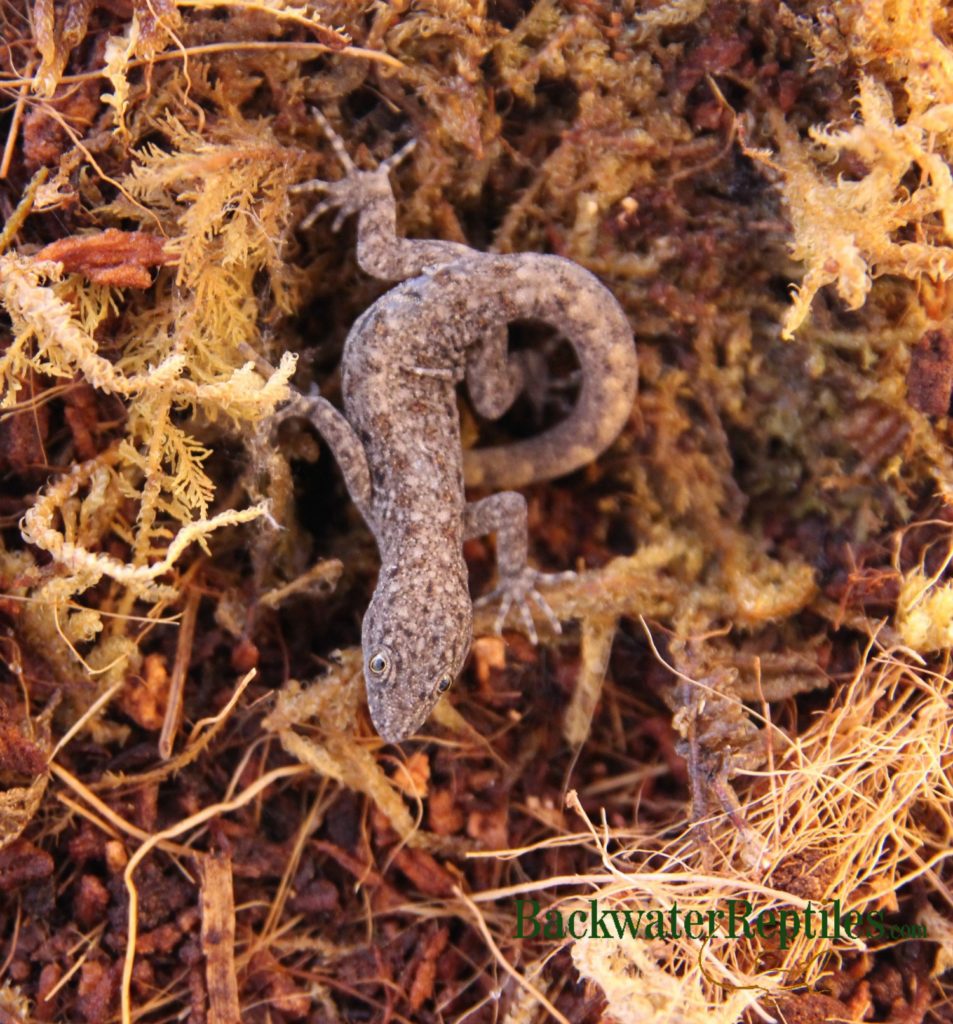
Organic Potting Soil
This is a pretty simple and straight forward substrate. Soil that is not treated with chemicals or fertilizers is an extremely versatile option when it comes to reptile, amphibian, and invertebrate bedding.
Pros:
Versatility! Potting soil can be used for many species of lizards, lots of invertebrates such as scorpions and arachnids, and also certain types of amphibians.
Potting soil is great for burrowing. Because it tends to hold just the right amount of moisture, it also holds its shape nicely so that burrowers can dig and tunnel and the soil won’t collapse on them.
You can purchase potting soil in many different locations including hardware store, department stores with garden sections, and even nurseries. This means that you likely won’t have to visit a special store in order to purchase what you need. But again, we’d like to stress that the soil must be organic and untreated with chemicals, fertilizers, or other plant growth promoting compounds.
Cons:
You can easily get potting soil too wet on accident. Unlike many other substrates that retain moisture well, soil cannot be easily dried or “wrung out” in the same manner that moss or pellets can. Once you get soil too wet, you essentially just have to wait for it to dry. And believe us when we say that you don’t want substrate that is too moist. It can lead to a whole host of problems including fungus, respiratory ailments in your pet, and bacterial infections.
Vermiculite or Perlite
Both of these substrates are used to help retain water in horticulture. They are usually added to soil. They are a bit unconventional and you probably won’t see too many herp hobbyists using them solo to line cage bottoms.
Pros:
Excellent moisture content! Both vermiculite and perlite are minerals that absorb and retain water, which is why they are commonly used in horticulture. This means they are also a sensible option for maintaining moisture and humidity levels with exotic pets.
Both of these types of substrate are commonly used as incubating mediums for reptile eggs.
Cons:
Both vermiculite and perlite are best used as accents to a staple substrate to help retain moisture. We don’t recommend using them alone as substrate, unless you are incubating eggs.
Vermiculite and perlite are also probably not the most cost effective type of substrate. For the quantity you should be using, you’ll be paying a bit more than many of the other options listed.
Sand
Reptile sand is commonly available at virtually all commercial pet stores, however playground sand purchased from a toy store can also be used.
Pros:
Sand is readily available and easy to find at various stores. It’s also generally very aesthetically appealing. It even comes in different colors if you want to create a fun, flashy enclosure for your pet.
Cons:
Sand can be messy! If you get it wet, it clumps and can stick to your pet’s feet, tail, and legs. Plus it’s a hassle to clean if you get any outside of the cage.
Impaction is a huge concern when housing a reptile on sand. If your pet accidentally ingests sand while consuming live prey, you run the risk of creating a blockage in the animal’s digestive tract which will be difficult for the animal to pass.
Sand also does not provide much (or any) odor control.
No Substrate
Most pet reptiles, amphibians, and invertebrates should always have a substrate of some kind lining the bottom of their enclosure. However, with certain arboreal species, substrate is not a necessity.
A great example of a species that does well with no substrate are chameleons. Because chameleons are rarely down on the bottom of their cages and spend the majority of their time in the plants and vines in their enclosures, it’s not necessary to line the bottom of their cage in order to make the lizard feel more at ease. Some chameleon owners do still line their cage bottoms with paper towels in order to easily collect and remove dead insects and feces, however it is not a requirement for the health of the chameleon.
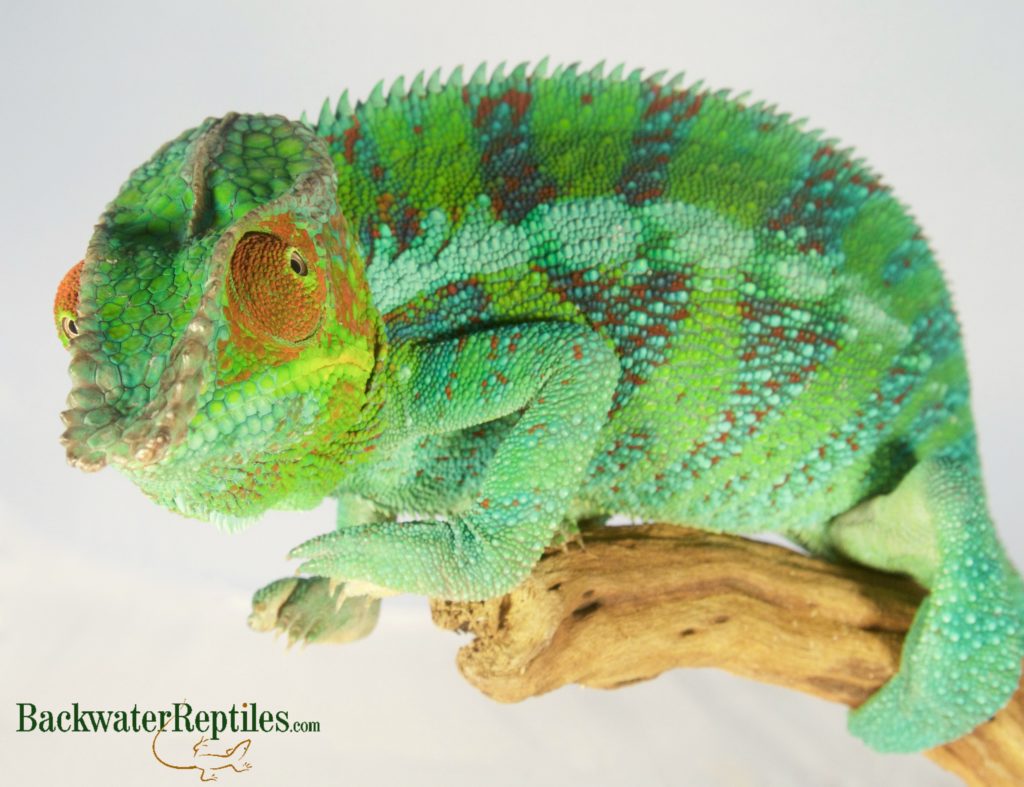
Conclusion
It’s important to do your research when selecting a substrate that is appropriate for your pet reptile, amphibian, or invertebrate. Substrates are not “one size fits all” and different animals will most certainly require different beddings.
What type of substrate does your critter use?

